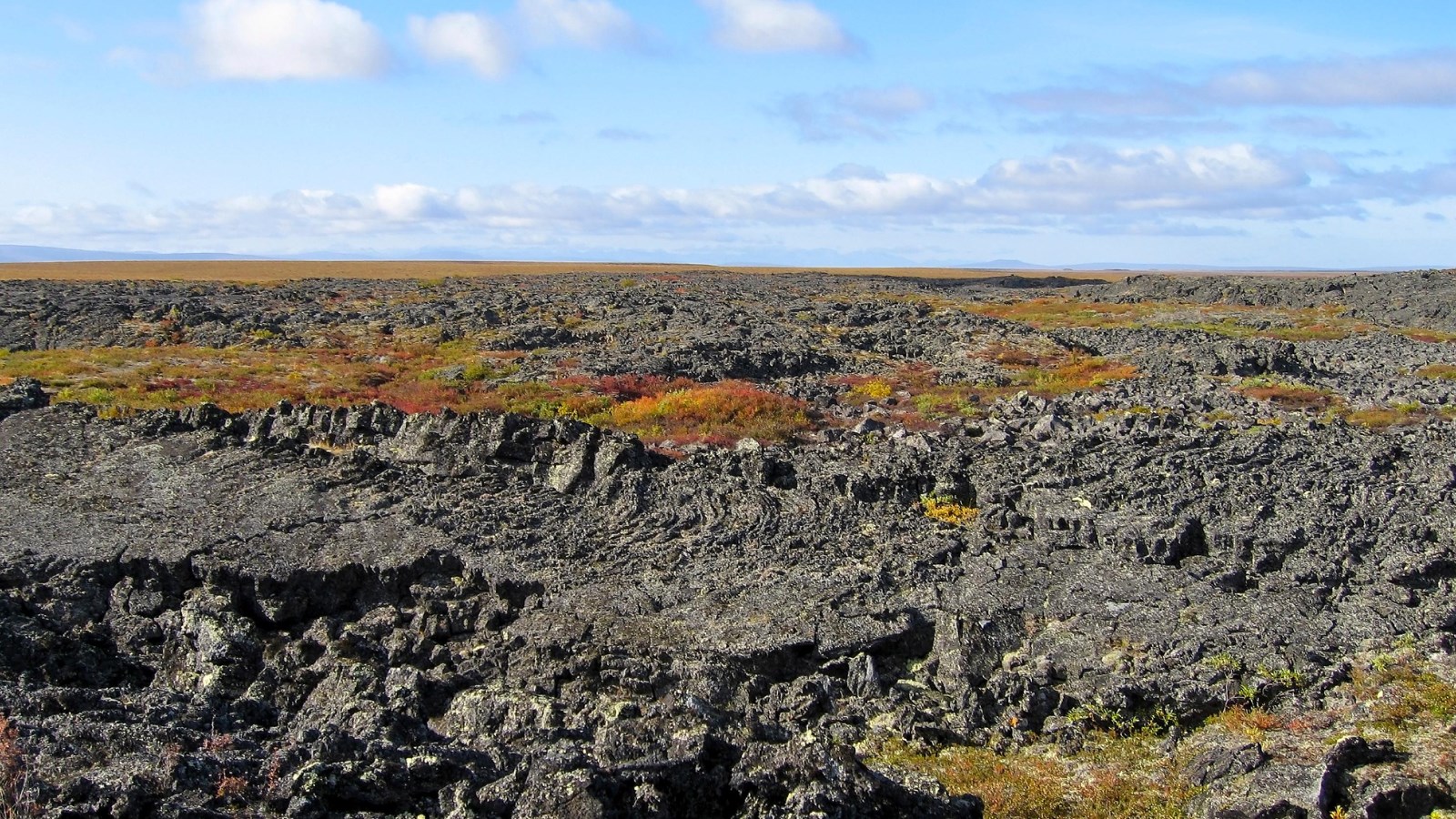What is an environmental change?
A change in the environment that can affect the survival and reproduction of organisms.
A trait that helps an organism to survive and reproduce is called a(n)
Adaptation
What is a Mutation?
A random change to a gene that sometimes results in a new trait
In the stickleback's original environment high armor levels was an adaptive trait as there primary predator was Salmon. Why?
High armor helped the stickleback to survive attacks from the powerful jaws of the salmon.
Ostrilopes with wide mouths eat more soft plants, while those with narrow mouths specialize in tough roots. If soft plants become scarce, which trait gives ostrilopes a survival advantage?
narrow mouth for eating tough roots
Why might a population of animals develop thicker fur over generations in a colder climate?
Because individuals with thicker fur are more likely to survive and reproduce, passing that trait on.
Why is variation in traits important for natural selection to happen?
Because if all individuals were the same, none would have an advantage when the environment changes.
What makes a trait “adaptive”?
It helps an organism survive or reproduce better in its environment.
What is a "non-adaptive" trait?
A trait that appears in a population but has no effect on survivability of the organism
In a simulation, students recorded how often predators attacked newts with bright warning colors versus dull colors.
Newt Color Attacks per Hour
Bright 2
Dull 10
Which adaptation helps newts avoid predators, and what type of adaptation is it?
bright coloration, a behavioral and structural warning adaptation that signals toxicity
A drought causes only small seeds to be available. Birds with smaller beaks can eat these seeds more easily. What happens to the population over time?
The population will have more birds with small beaks, since they survive and reproduce more successfully.
A population of rabbits lives in a forest that becomes snowy for most of the year. Over time, more white-furred rabbits are seen. How does natural selection explain this?
White rabbits are better camouflaged in snow, so predators catch fewer of them. They survive and reproduce more, spreading the white fur trait.
A fish is born with a mutation that gives it stronger fins. If this helps it swim faster and escape predators, what will likely happen over time?
The fish will survive and reproduce more, passing the stronger fin trait to its offspring.
Many freshwater stickleback populations lost their body armor and spines over generations. Why was this adaptive in lakes?
Because fewer predators in lakes made heavy armor unnecessary, and having less armor allowed the fish to move faster and use less energy.
After the region warms for several years, scientists record the following:
Year Avg Fur Thickness (mm) Avg BodyTemp(C)
1 5.0 37.0
5 3.5 38.1
What evolutionary process explains why average fur thickness decreases over time?
natural selection favoring thinner fur because ostrilopes with less insulation stay cooler and survive better in warmer climates
 Scientists observe that a lizard population’s skin color shifts from light to dark over 50 years as lava fields expand. What evidence supports that environmental change caused this shift?
Scientists observe that a lizard population’s skin color shifts from light to dark over 50 years as lava fields expand. What evidence supports that environmental change caused this shift?
Darker lizards are better camouflaged on lava, so they survive and reproduce more, changing the trait distribution.
Prior to the Industrial Revolution the moths on the top row were the most common. As pollution increased the darker moths became more common why?
Increased pollution made the darker moth color an adaptive trait
Most mutations have no effect or are harmful, but sometimes they are helpful. What environmental factor decides whether a mutation is helpful?
The environment — if the mutation helps the organism survive or reproduce in that environment, it becomes beneficial.
Scientists found both armored and unarmored stickleback fossils in the same lake but the current population is primarily unarmored. What does this evidence show about natural selection?
It shows that variation existed, and natural selection favored unarmored fish over time as environmental conditions changed.
Based on the histogram below explain how natural selection affected this population
As a new predator entered into the population the trait for poison levels shifted from being primarly low to primarily high
Imagine a population of fish that live in water polluted with toxins. Over many generations, more fish are born with resistance to the toxin. Explain how natural selection caused this change.
Fish with toxin resistance survived and reproduced more often, passing on the trait until most of the population became resistant.
If a new disease affects a population of birds, but a few have a genetic trait that makes them immune, describe what will likely happen to the population over many generations.
Birds with the immunity trait will survive and reproduce, increasing the number of immune birds in future generations.
Explain how a random mutation in a population could lead to an adaptive trait becoming common over generations.
A mutation creates a new trait; if that trait helps survival or reproduction, those organisms have more offspring with the trait, making it common in the population through natural selection.
Scientists discovered that a mutation in a gene caused stickleback fish to lose their armor plates. Explain how this mutation spread through the freshwater population.
The mutation gave fish an advantage in freshwater (faster movement, less energy use), so those fish survived and reproduced more, passing the mutation to their offspring until it became common.
You are analyzing ostrilope population data from two regions. One set comes from a classroom simulation; the other from field observations. The simulation predicts constant survival rates, while field data show fluctuating rates due to drought and disease.
Why might scientists prefer field data when studying natural selection?
Because field data include multiple real-world variables and environmental pressures, providing more accurate evidence for how selection operates in nature